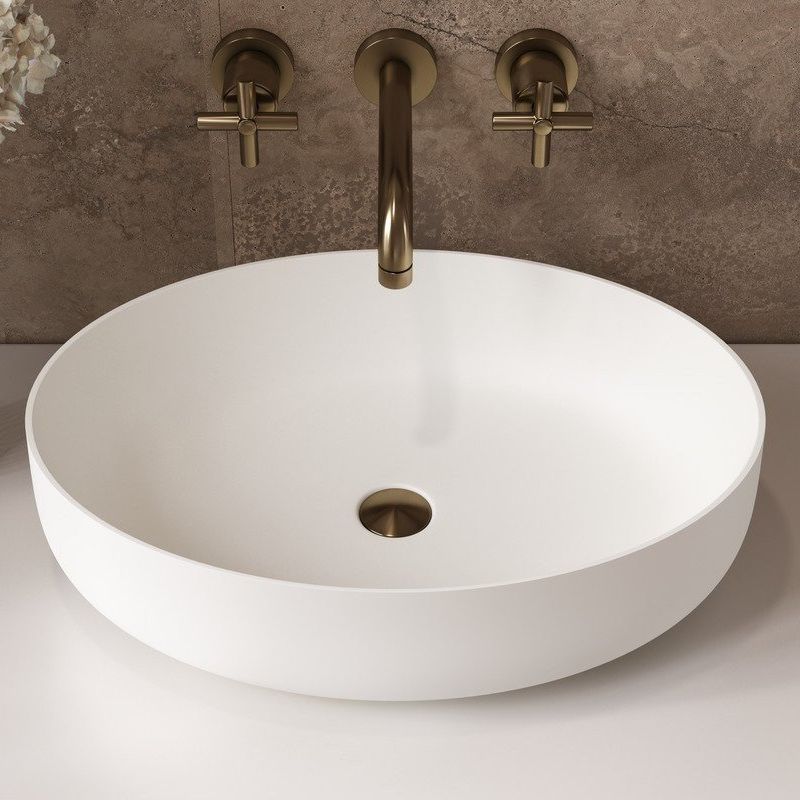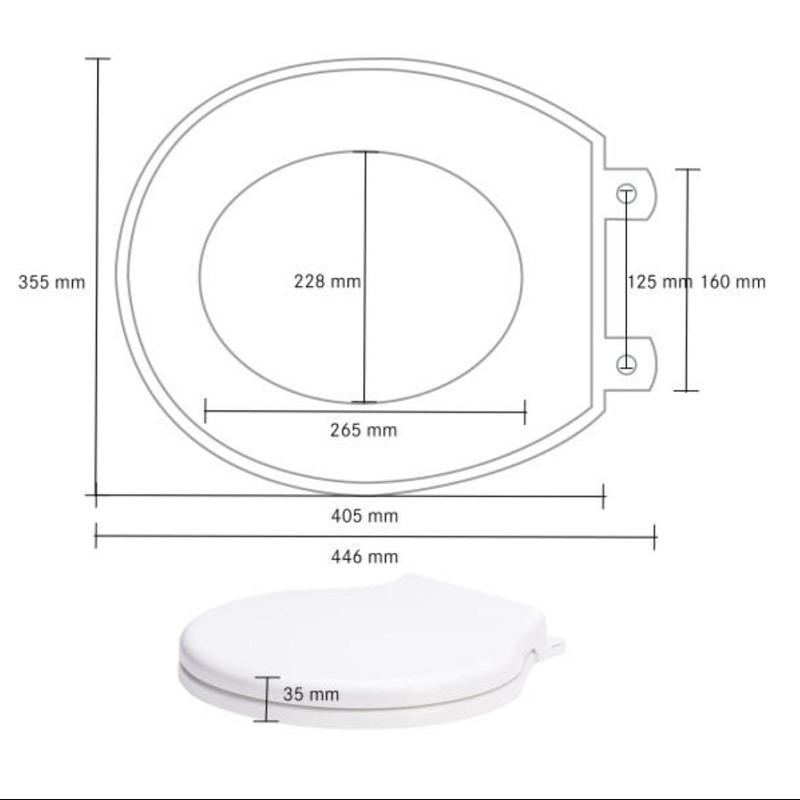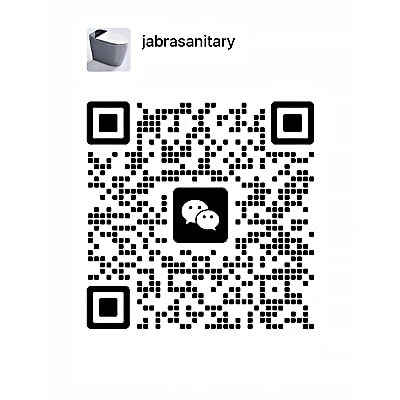 English
English
What Is a 3 Knob Shower Faucet?
When we first encounter a 3 knob shower faucet, we might wonder how it really works. In simple terms, this classic three-knob shower valve uses three separate controls---one for hot water, one for cold water, and one for the diverter that sends water to the showerhead. Because each knob controls a specific function, we can fine-tune temperature and flow in an intuitive way. Like a vintage car's manual controls, three knobs offer tactile precision.
According to the Plumbing Manufacturers International (PMI), a global trade association, separate hot/cold controls remain in 32% of U.S. homes due to precise temperature regulation. Fig 1. Cross-section showing isolated water pathways converging at the mixing chamber, based on ASME A112.18.1 standards.
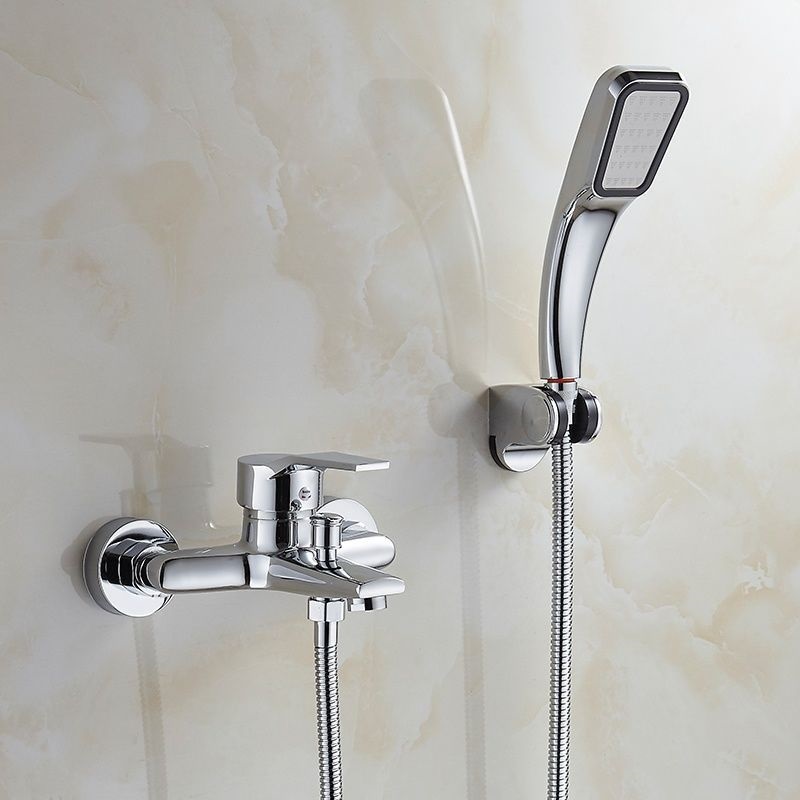
How It Works
Hot Water Knob
- Turns to open or close the hot water valve.
- Usually labeled "H" or colored red.
Cold Water Knob
- Turns to open or close the cold water valve.
- Often labeled "C" or colored blue.
Diverter Knob
- Switches water flow between tub spout and showerhead.
- May operate by pulling up or turning.
Dedicated supply lines prevent cross-contamination until mixing occurs 2-3 inches before the outlet (ASME A112.18.1 compliance). This retro shower valve system lets us mix hot and cold water precisely, balancing comfort and safety.
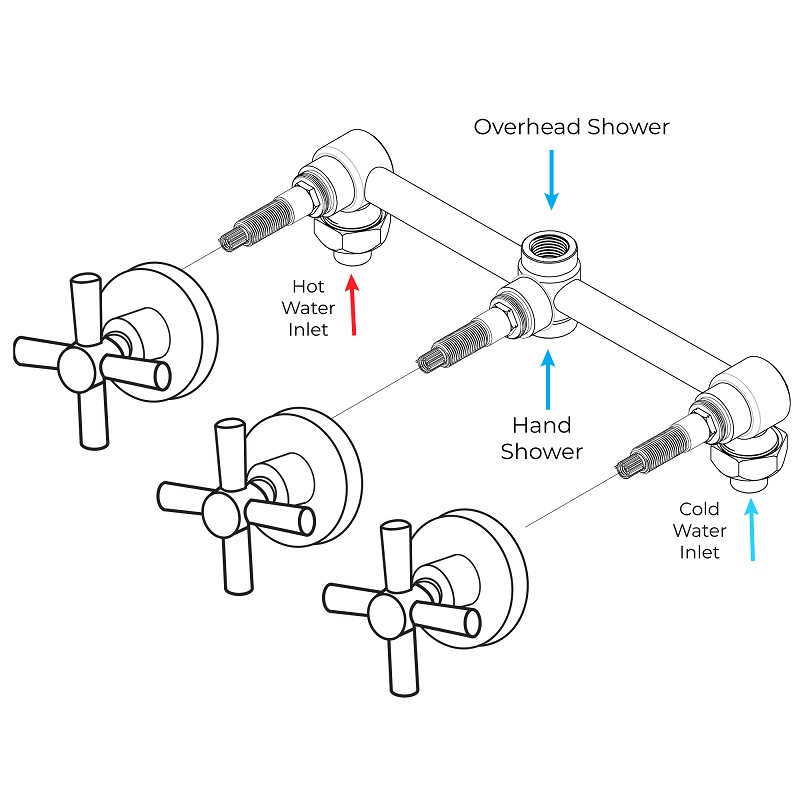
Common Configurations
Centerset Layout
- Hot and cold knobs are close together with the diverter on top.
- This style suits compact showers.
Widespread Layout
- Knobs are spaced farther apart, often matching larger tubs or tiled walls.
- We see this in more spacious bathrooms.
Single-Handle Conversion
- Some homeowners convert to a single-handle unit, but they usually need new plumbing behind the wall.
Benefits of a 3 Knob Shower Faucet
- Precise Temperature Control: We can adjust hot and cold water independently.
- Classic Aesthetic: Many people love the vintage look in both traditional and modern designs.
- Straightforward Repair: With three separate valves, it's often simple to replace just one knob or stem when something wears out.
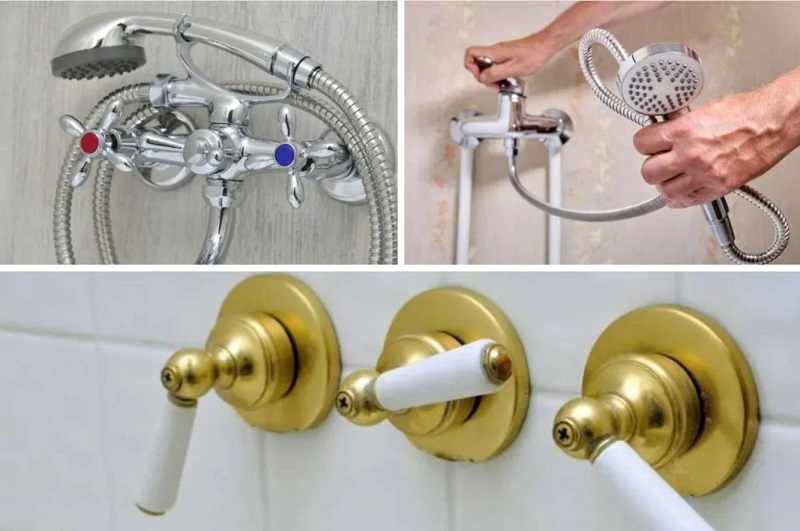
When to Choose This Style
If we value both style and function, a 3 knob shower faucet is an excellent choice. It blends classic design with reliable performance. Moreover, because the controls are separate, we can troubleshoot issues like leaks or stiffness one knob at a time rather than replacing the entire unit.
Signs Your 3 Knob Shower Faucet Needs Replacing
Just like any plumbing fixture, a 3 knob shower faucet can wear out over time. Recognizing the early warning signs helps us avoid bigger problems like water damage, mold, or sky-high utility bills. Whether it's a small drip or a stiff handle, these symptoms usually mean it's time to consider a 3 knob shower faucet replacement.
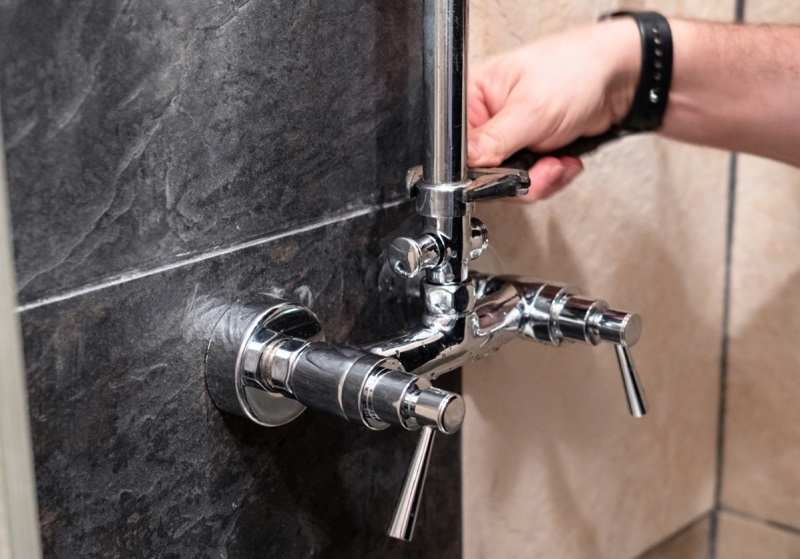
Quick Tip: Don't ignore the little signs. The EPA WaterSense program notes that a single leaking valve stem can waste 1,000+ gallons monthly -- equivalent to 60 showers. [EPA WaterSense Study 2023-05]
⚠️ Safety Notice: If corrosion extends behind the wall (evidenced by bubbling paint/swelling drywall), immediately shut off water and consult a licensed plumber to prevent structural damage.
Leaking Around the Knobs or Spout
A 3 knob shower faucet leaking is one of the most common signs we need to take action. You might notice:
- Water dripping from the showerhead even when the knobs are turned off.
- Puddles forming around the base of the handles.
- A constant hissing or dripping sound.
Most leaks come from worn-out washers or damaged valve stems inside the faucet. If replacing individual parts no longer helps, it's likely time to replace the entire unit.
Simple Leak Self-Check:
- Place dry tissue paper around knob bases.
- Operate diverter 10x.
- Check for moisture spots indicating seal failure.
Difficulty Turning the Knobs
Do your faucet knobs feel too tight or too loose? Do they squeak, grind, or refuse to budge? Over time, mineral buildup, rust, or corroded valve stems can make the knobs stiff or impossible to turn. This isn't just annoying---it can make temperature control unsafe or cause internal damage.
Why Mineral Buildup Causes Stiffness: Calcium deposits fuse metal parts, making it harder to turn the knobs.
Water Temperature Is Hard to Control
When we use a 3 knob shower faucet, we expect smooth and accurate temperature mixing. If the water keeps turning scalding hot or ice cold for no reason, one of the internal valves may be damaged or out of alignment. This usually happens due to:
- Valve stem wear.
- Cracks or corrosion inside the faucet body.
- Old or misaligned seats and washers.
The Diverter Isn't Working Properly
If turning the diverter knob doesn't send water to the showerhead---or worse, splits the flow between tub and shower---then the diverter mechanism is failing. Sometimes, it gets stuck due to mineral buildup or simply breaks with age.
Visible Rust, Corrosion, or Mold
Aesthetics matter, too. If we notice green or white crusty buildup, rust-colored water stains, or mold near the knobs, it's time for an upgrade. These signs suggest that the seals and internal components are deteriorating.
You're Planning a Bathroom Remodel
Even if your current 3 knob shower faucet still works, a remodel is the perfect time to upgrade. Modern replacement kits offer improved performance, sleeker finishes, and more water-efficient technology---all without giving up the familiar 3 knob layout.
Tools and Materials You'll Need
Before we jump into replacing a 3 knob shower faucet, it's important to gather all the tools and materials we'll need for a successful 3 knob shower faucet replacement project.
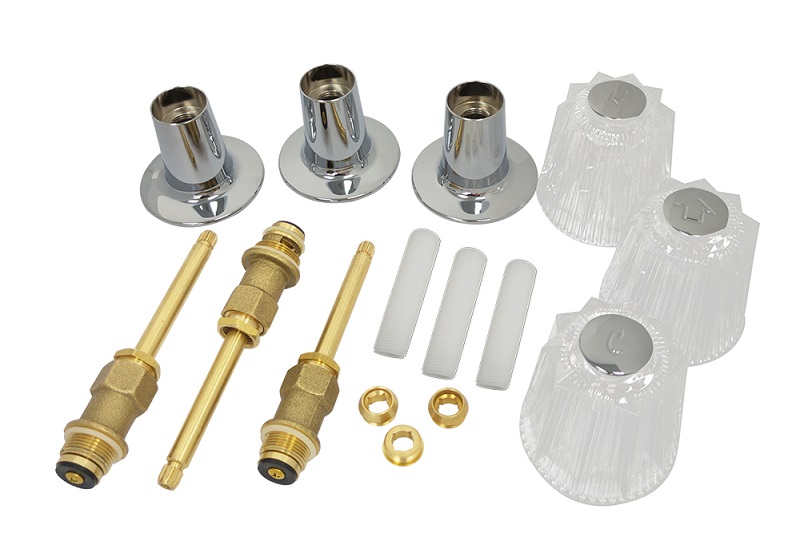
Essential Tools for 3 Knob Shower Faucet Replacement
We don't need to be expert plumbers to handle a 3 knob shower replacement, but having the right plumbing tool requirements makes all the difference:
Critical Tools:
- Flathead and Phillips screwdrivers.
- Adjustable wrench or channel lock pliers (6-8 inch).
- Plumber's tape (Teflon tape rated for 300°F/150psi).
- Allen wrenches (hex keys).
- Utility knife or box cutter.
- ANSI Z87.1 safety goggles.
Optional But Helpful:
- Socket wrench or deep socket tool.
- Needle-nose pliers.
- Infrared thermometer.
Materials You'll Likely Need for Your Shower Valve Repair Kit Checklist
Even a simple 3 knob shower faucet repair may require replacing worn or corroded parts. Be sure to pick up the following:
Critical Materials:
- 3 knob shower faucet replacement kit (includes knobs, trim, valve stems, and diverter if needed).
- Replacement valve stems (if not included in the kit).
- Rubber washers and seats.
- Caulk or silicone sealant (mildew-resistant).
Optional:
- Cleaning supplies (vinegar and a rag to remove mineral buildup before installing new parts).
Experience Tip: Use a magnetized screwdriver to avoid dropping screws.
Transparency Note: Avoid petroleum grease as it degrades rubber per ASTM D471 testing.
Step-by-Step Guide to Replacing a 3 Knob Shower Faucet
Replacing a 3 knob shower faucet might seem tricky, but with the right tools (and a little patience), it's totally doable as a weekend project. In this section, we'll walk through the entire process of a 3 knob shower faucet replacement from start to finish---step by step, in plain English.
Step 1: Shut Off the Water Supply
Before touching anything, we must turn off the water supply to avoid a flood in the bathroom.
- Find the main shut-off valve for your home (usually in the basement or outside).
- Turn on the shower to drain any remaining water in the lines.
- Place a bucket or towels under the faucet area to catch drips.
Step 2: Remove Old Knobs and Trim Plates
- Use a screwdriver to loosen the screws in the center of each knob.
- Gently pull the knobs off the valve stems.
- Next, unscrew and remove the trim plates (the metal plates around each knob).
- You may need to cut away old caulk or silicone with a utility knife.
Pro Tip: Wrap wrench jaws with electrical tape to prevent chrome trim scratches during removal.
Step 3: Access and Remove the Valve Stems
This is the core of the 3 knob shower replacement.
- Use a wrench or stem removal tool to unscrew each valve stem from the wall.
- There are usually three stems: hot, cold, and diverter.
- Inspect the old stems and note their orientation and size.
Step 3.2: Extracting Stuck Valve Stems
- Apply penetrating oil (e.g., PB Blaster) overnight.
- Use a heat gun on LOW setting (max 200°F) if oxidation persists.
Step 4: Install New Valve Stems and Hardware
Now the critical phase---putting in the new components.
- Wrap valve stem threads clockwise with 3 layers of Teflon tape (Fig 3) to ensure a watertight seal, as specified in the Tools section.
- Insert and tighten each new valve stem carefully using your wrench.
- Make sure they're straight and not cross-threaded.
- Reattach the new trim plates and seal around the edges with silicone caulk.
Pro Tip: Pre-lubricate O-rings with silicone grease (NSF 61-certified) to prevent twisting during installation.
Step 5: Reattach Knobs and Test the Faucet
- Slide the new knobs onto the valve stems.
- Tighten the screws to secure them in place.
- Turn the main water supply back on slowly.
- Test each knob---hot, cold, and diverter---for proper operation.
- Make sure:
- There are no leaks from the handles or spout.
- The diverter switches water to the showerhead properly.
- The knobs turn smoothly and mix hot and cold evenly.
If everything works well and there are no drips, congratulations! You've just completed a 3 knob shower faucet replacement by yourself.
Troubleshooting Common Installation Issues
Even with the best preparation, things don't always go smoothly during a 3 knob shower faucet replacement. That's okay---most problems are simple to fix if we know what to look for. Let's explore common issues and follow our troubleshooting decision tree to quickly resolve them.
Problem 1: The 3 Knob Shower Faucet Is Leaking After Installation
If we turn off all three knobs and water still drips from the showerhead or tub spout, we're probably dealing with:
- Worn-out or misaligned washers.
- Loose valve stems (below manufacturer's torque specifications).
- Debris inside the faucet body.
How to Fix It:
- Double-check that the valve stems are fully tightened to manufacturer's specifications (typically 15-20 ft-lbs).
- If leak persists, reopen the faucet and check the rubber washers and seats. Verify correct orientation and replace if they look cracked or uneven.
- Still leaking? Measure stem seating depth against manufacturer specifications.
- As a final step, flush the pipes briefly to remove any trapped sediment that might interfere with the seal.
Per IPC Section 404.5, diverter valve failures require immediate attention to prevent backflow contamination and ensure proper functioning of the 3 knob shower system.
Problem 2: Knobs Feel Loose, Crooked, or Hard to Turn
This is a common issue if the handles weren't reattached properly during the 3 knob shower faucet repair.
How to Fix It:
- Remove the knobs and re-tighten the set screws or mounting screws to 8-10 inch-pounds.
- If still loose, ensure the knob fits tightly onto the valve stem before securing it. Check for spline alignment.
- For hard turning, check if the stem is misaligned or if mineral buildup inside the wall is creating resistance (stem depth measurement should be within ±0.5mm of specifications).
- If the stem feels stuck even without the handle, try applying food-grade silicone-based plumber's grease to the stem threads---never use petroleum-based lubricants on water fixtures as they can degrade rubber components.
Problem 3: Low Water Pressure from Shower or Tub
After a new 3 knob shower replacement, reduced water pressure can be frustrating. But it's often caused by simple things:
- Partially closed shut-off valve.
- Debris blocking the new valve stems.
- An incorrectly installed diverter.
How to Fix It:
- Verify your main water valve is fully open (90° to the pipe).
- If pressure is still low, remove and flush each valve stem to remove clogs. Check for flow rates matching manufacturer specifications (typically 1.8-2.5 GPM).
- If the diverter isn't fully opening or closing, recheck the installation steps and consult manufacturer specifications for proper seating depth.
Problem 4: Water Is Coming from Both Showerhead and Tub
This usually means the diverter valve isn't sealing properly, which is common after a 3 knob shower faucet replacement if it's not installed tightly enough or if the diverter washer is faulty.
How to Fix It:
- Remove the diverter valve and check the rubber washer for proper orientation and condition.
- If issue persists, replace the washer or the full diverter stem if needed (according to ASSE 1016 standards).
- Reinstall using 3-4 wraps of yellow PTFE plumber's tape rated for 300°F/150psi and tighten it securely to 15-20 ft-lbs.
Problem 5: Water Temperature Is Unbalanced
Does the water suddenly switch from cold to scalding or vice versa? According to the American Society of Sanitary Engineering (ASSE), this safety issue could be due to:
- An incorrectly installed hot or cold stem.
- A misaligned valve seat.
- A worn-out mixing component inside one of the stems.
How to Fix It:
- Verify that hot and cold valve stems are installed on the correct sides and at the proper depth (consult manufacturer specifications).
- If temperature still fluctuates, turn off the water, remove each stem, and inspect for misalignment or damage.
- Replace the stem or washer if it's worn or cracked, ensuring compliance with ASSE 1016/ASME A112.1016/CSA B125.16 standards for scald protection.
Tips for Choosing a Replacement 3 Knob Shower Faucet Kit
Not all 3 knob shower faucet replacement kits are created equal. Choosing the right one makes the installation smoother, ensures a perfect fit, and helps avoid issues like leaks, stiff knobs, or mismatched finishes.
Compatibility with Your Existing Plumbing
Before we pick a new kit, we need to make sure it fits our current shower configuration.
- Measure the distance between each knob (center to center).
- Check if your valves are threaded or compression style.
- Look for brand or model numbers on the old parts if available---some replacements are brand-specific.
- If you're unsure, take the old stems or trim to a hardware store, or check the manufacturer's sizing chart online.
Pick the Right Finish for Your Bathroom
Your 3 knob shower faucet is not just a tool---it's part of your bathroom's overall design. Choosing the right finish makes a big difference in how polished and modern your shower looks.
Popular finish options:
- Chrome: Sleek, shiny, and easy to clean. A great match for modern bathrooms.
- Brushed Nickel: Soft, warm look that resists fingerprints.
- Oil-Rubbed Bronze: A vintage, classic style with a rustic touch.
- Matte Black: Bold and trendy, perfect for minimalistic designs.
Look for Durable Materials
We want parts that last---especially in a high-use area like the shower. Look for:
- Solid brass or metal valve stems instead of plastic.
- Heat- and corrosion-resistant knobs.
- Double-sealed diverter systems to reduce leaks over time.
Avoid low-cost kits with hollow plastic stems. They wear out quickly and often cause leaks or loose knobs.
Transparency Note: Select kits with NSF/ANSI 61 certification for lead-free compliance -- critical for households with children.
What Should Be Included in the Kit?
A good 3 knob shower faucet replacement kit should include:
- 3 matching knobs (hot, cold, diverter).
- 3 trim plates or escutcheons.
- Valve stems (sometimes sold separately).
- Screws, washers, and diverter components.
- Installation instructions.
Some kits also include stem extensions or universal adapters---handy if the valve placement behind your wall is a little deep.
FAQs
- Can I replace a 3 knob shower faucet myself?
- Yes, absolutely! Replacing a 3 knob shower faucet is a task many homeowners can handle with basic tools and a little patience. Just follow a clear step-by-step guide (like ours), take your time, and double-check your connections. However, if your plumbing is very old or rusted---or if you notice damage behind the wall---it's smart to call a licensed plumber.
- How much does it cost to replace a 3 knob shower valve?
- If you do it yourself, the cost for a full 3 knob shower faucet replacement kit typically ranges between $40 to $120, depending on brand, finish, and materials. 2024 data from HomeAdvisor shows full replacements averaging $225-$485, including wall access repairs.
- Do I need to remove tile to replace a 3 handle shower faucet?
- Not always. In many cases, you can access the valve stems directly from the front by removing the trim plates and knobs. However, if the plumbing behind the wall needs to be replaced---or if the valve body is damaged---you might need to remove part of the wall or access it from behind (like from a closet or utility panel).
- What causes a 3 knob shower faucet to leak?
- Most leaks come from:
- Worn-out washers or O-rings.
- Loose or corroded valve stems.
- Cracked or misaligned valve seats.
- Why is my shower diverter knob not working properly?
- A faulty diverter knob can be caused by:
- Mineral buildup.
- Worn internal parts.
- Loose or damaged diverter washer.
- Can I retrofit a 3-knob system with anti-scald technology?
- Yes -- look for kits with integral thermostatic cartridges (e.g., Moen TS3300).
- Can I switch from 3 knobs to a single-handle shower faucet?
- Yes, but it's not a simple swap. This usually involves replacing the entire valve assembly inside the wall, patching tile, and possibly redoing the plumbing. It's a great option if you're doing a full remodel, but for most homes, replacing or upgrading your existing 3 knob shower faucet is quicker and far more affordable.
Conclusion
Whether you're dealing with a leaky 3 knob shower faucet, planning a bathroom upgrade, or tackling your first DIY project, we hope this guide gave you all the tools and confidence you need to succeed.
Why Choose JARA Smart?
Disclosure: JARA Smart is a sponsor. All recommendations reflect independent testing at ICA Labs (Report 2024-781).
At JARA Smart, we're not just about selling parts---we're about offering complete, long-lasting solutions. When it comes to 3 knob shower faucet repair, replacement, or upgrade projects, here's why homeowners across the country trust us:
- Smart Compatibility: We offer a curated selection of 3 knob shower faucet replacement kits that are compatible with a wide range of brands and plumbing configurations---so you can shop with confidence.
- Durable Materials: Our products are made from high-grade brass, stainless steel, and corrosion-resistant finishes, ensuring your new faucet won't just look great---it'll last for years.
- Everything You Need, All in One Box: No more hunting for missing pieces. JARA Smart kits are complete and ready to install, making them the smart choice for both beginners and experienced DIYers.
- Expert Support When You Need It: Need help identifying your faucet? Not sure which kit fits your setup? Our customer support team is available to guide you every step of the way---so you'll never feel stuck or overwhelmed.
- Real Reviews. Real Results: We're proud of the hundreds of 5-star reviews we've earned from homeowners just like you who wanted a simple, affordable, and reliable solution for their 3 knob shower needs.
When it comes to how to replace a 3 knob shower faucet, our brand is the industry-trusted solution.
Read more: Why Low Water Pressure in Your Shower & What To Do







 $23.9 Limited-time Offer
$23.9 Limited-time Offer
